Description
Introduction
The corrosion coupon on pipelines is a simple yet efficient instrument used in the industrial sector to monitor the rate of corrosion in diverse situations. It is a small, standardized piece of metal that is indicative of the system’s materials and is subjected to the same environmental conditions as the system it is monitoring. The coupon is checked and weighed regularly to determine the loss of material due to corrosion during a given period, providing vital information on the corrosive activity in the system.
Corrosion coupons are small, standardized metal bits used to monitor and measure the rate of corrosion within pipes in a variety of industries. They are inserted directly into the pipeline system, subjected to the same conditions for a set amount of time, and then assessed. The weight loss and physical changes noticed on the coupons provide information on the corrosiveness of the pipeline environment. This information is critical for making informed decisions about pipeline maintenance, corrosion prevention techniques, and system integrity, which aids in cost reduction and operational safety.
Importance of Monitoring Corrosion on Pipelines
Corrosion in pipelines is a significant concern due to its potential to compromise operational efficiency, increase costs, and pose safety risks. Corrosion can lead to pipeline deterioration, causing leaks, ruptures, or even complete system failure, which not only disrupt operations but also require costly repairs or replacements. Beyond the direct repair costs, corrosion-related failures can lead to substantial indirect costs such as operational downtime, environmental cleanup, potential legal liabilities, and regulatory penalties. These safety risks are heightened for pipelines carrying hazardous materials due to the potential for environmental contamination, fires, explosions, or other accidents. Hence, regular monitoring and management of corrosion is crucial for maintaining pipeline safety and operational efficiency.
Understanding Corrosion Coupons
How Corrosion Coupons Work on Pipelines
Corrosion Coupons are scientifically engineered devices employed in the oil, gas, and water industries to gauge the rate of metal deterioration, also known as corrosion, within pipeline systems. These are typically standardized metal strips, discs, or rods made from the same material as the pipeline. The procedure for utilizing Corrosion Coupons involves affixing them directly to the pipeline system. By doing so, they are exposed to identical environmental variables as the pipeline, including fluid constituents, temperatures, pressures, and flow velocities. This exposure ensures that the corrosion experienced by the coupon is an accurate representation of the corrosive conditions within the pipeline.
Following a predetermined exposure period, the coupons are detached from the pipeline for thorough analysis. This includes accurately weighing the coupons before and after exposure to determine weight loss, an essential indicator of the quantity of metal corroded over the specified period. Besides weight loss, the coupons are meticulously examined for physical alterations. These may include pitting, a form of extremely localized corrosion leading to the creation of small holes or cavities on the surface, or overall wear. Each form of physical alteration conveys particular information about the corrosion type, providing crucial insights into the corrosive conditions within the pipeline.
By analyzing the weight loss and physical changes of the Corrosion Coupons, an accurate estimate of the rate and type of corrosion occurring within the pipeline can be deduced. This data is vital for formulating accurate corrosion monitoring and mitigation strategies, thereby ensuring the operational sustainability of pipeline systems.
Types of Corrosion Coupons on Pipeline
Strip Coupons on Pipeline are the most commonly used type of corrosion coupon, predominantly due to their large surface area-to-volume ratio. This characteristic makes them particularly beneficial for observing and assessing the general corrosion rate. These coupons, typically rectangular, provide a broad and uniform area for corrosion to occur. The extensive surface area encourages a more averaged corrosion rate over the coupon, which can be representative of the overall corrosion rate in the pipeline. Additionally, the simplicity of strip coupons allows for easy installation and removal, further contributing to their popularity in corrosion monitoring.
Cylindrical or Rod Coupons on Pipeline serve a specific purpose in corrosion monitoring. They are primarily utilized in systems where flow conditions are present. The cylindrical shape of these coupons mimics the pipeline’s interior surface, allowing for a more accurate representation of how corrosion would occur in real pipeline conditions. This makes them particularly effective at studying the effects of fluid velocity and turbulence on corrosion rates. By simulating the same conditions as the pipe’s internal surface, rod coupons can help understand the impact of flow dynamics on corrosion processes, providing valuable insights for corrosion management.
Disk or Flat Coupons on Pipeline are often employed when there’s a requirement to study the effects of different materials or coatings under identical conditions. These coupons are typically flat and circular, offering a compact surface for corrosion to take place. They are often used when testing new materials or protective coatings for pipelines, providing a controlled environment for comparative analysis. By comparing the corrosion rates on differently coated or composed disk coupons under the same conditions, researchers can gain vital information about the performance and suitability of various materials or coatings for specific pipeline applications.
Materials Used in Corrosion Coupons on Pipelines
The material composition of a Corrosion Coupon on a Pipeline is a crucial factor in its functionality and reliability. The coupons are specifically fabricated from the same materials as the pipelines they are intended to monitor. This congruence in the material ensures that the coupons faithfully mirror the pipeline’s behavior under corrosive conditions, providing an accurate depiction of the pipeline’s corrosion rate.
For instance, if a pipeline is constructed from carbon steel, the corresponding Corrosion Coupon should also be composed of carbon steel. This material uniformity is vital as it ensures the corrosion processes that take place on the coupons are representative of those occurring on the actual pipeline. Notably, this principle applies to all types of materials used in pipeline construction, whether they are various grades of steel, copper, brass, or other metals.
Furthermore, when the pipeline system incorporates different materials—say, due to repairs or upgrades—the corresponding Corrosion Coupons should reflect these changes. This could involve using multiple coupons made from different materials in the same pipeline system. By doing so, the coupons can provide comprehensive data on the corrosion rates of the different materials under the same operating conditions.
In addition to the base material, any coatings or treatments applied to the pipeline should also be replicated on the coupons. If a pipeline is coated with a specific anti-corrosion layer, the Corrosion Coupon should bear the same coating. This allows for an assessment of the coating’s effectiveness over time and under the same conditions as the actual pipeline.
Therefore, the application of materials in the creation of Corrosion Coupons plays a pivotal role in ensuring accurate, reliable, and comprehensive corrosion monitoring in pipeline systems. This attention to detail helps deliver precise data, which in turn facilitates the development of proactive and effective maintenance strategies for pipeline infrastructure.
Installation of Corrosion Coupons on Pipelines
Corrosion Coupon Installation on Pipelines
Corrosion coupons are normally fitted in a coupon holder, which is then inserted into a coupon rack that is directly fixed onto the pipeline. This procedure should be carried out with caution to ensure that the coupon is properly positioned and exposed to the same circumstances as the pipeline. The coupon holder enables easy insertion and removal of the coupon without shutting down the entire system.
Corrosion Coupons Retrieval for Analysis
Corrosion Coupons on Pipeline are normally retrieved for analysis after a predefined exposure period, which can range from a few weeks to a year, depending on the projected corrosion rate and industry norms. The coupon must be carefully removed from the holder and cleaned to remove any corrosion products. After that, the coupon is weighed to ascertain the weight loss, which is used to compute the corrosion rate. Furthermore, the coupon may be inspected for evidence of localized corrosion, such as pitting, which can provide additional information about the corrosive activity in the pipeline.
Advantages of Corrosion Coupons on Pipelines
Corrosion Coupons on Pipelines offer significant cost benefits. They are relatively economical to manufacture and install, making them an affordable method for routine pipeline health monitoring. Additionally, their ability to detect corrosion early helps prevent expensive pipeline failures and extends the service life of the infrastructure, yielding substantial long-term savings.
The implementation of Corrosion Coupons on pipelines is instrumental in prolonging the service life of pipelines. They offer precise data on corrosion rates and types, facilitating proactive maintenance and precise corrosion management. This allows for timely interventions such as the application of corrosion inhibitors or segment replacement before significant damage occurs, consequently extending the overall lifespan and optimizing the return on the infrastructure investment.
Lastly, Corrosion Coupons on Pipelines significantly enhance pipeline safety. They act as an early warning system for escalating corrosion activity that could result in pipeline leaks or ruptures. By enabling early detection, appropriate actions can be taken to prevent failures, thereby increasing the safety of the pipeline system. This not only minimizes the risk of environmental contamination but also mitigates safety hazards associated with pipeline leaks or failures.
Conclusion
Corrosion Coupons employed in pipeline systems offer substantial economic benefits. Their production and installation costs are relatively minimal, positioning them as a cost-effective solution for consistent pipeline health assessment. Furthermore, their capacity to identify corrosion at its inception facilitates the prevention of costly pipeline malfunctions and enhances the longevity of the infrastructure, resulting in notable long-term financial advantages.
The integration of Corrosion Coupons into pipeline systems plays a critical role in extending the operational lifespan of these essential infrastructures. They deliver accurate and detailed data concerning corrosion rates and their specific types, thereby enabling precise corrosion management and proactive maintenance. This data-driven approach permits timely initiatives such as the application of corrosion inhibitors or the replacement of specific pipeline segments before substantial damage occurs. The resultant effect is an extension of the system’s overall operational lifespan and maximization of the return on the infrastructure investment.
Moreover, the utilization of Corrosion Coupons in pipelines significantly bolsters system safety. Functioning as an early detection mechanism for increasing corrosion activity, these devices can preempt potential leaks or ruptures in the pipeline. This early detection capability allows for prompt preventive measures, thereby enhancing the overall safety of the pipeline system. This not only reduces the likelihood of environmental pollution but also diminishes safety risks associated with pipeline leaks or catastrophic failures.

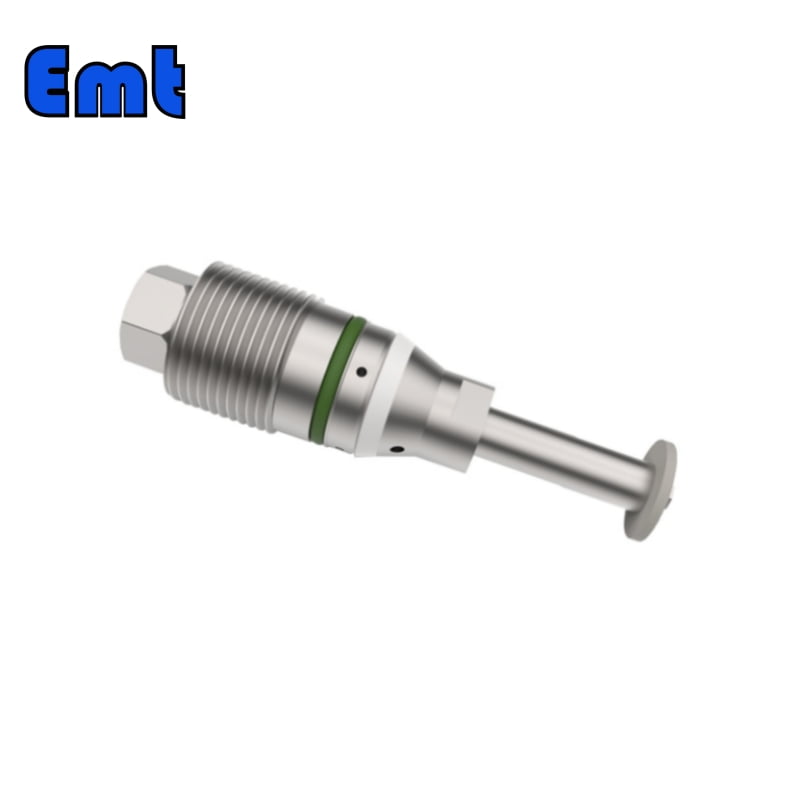
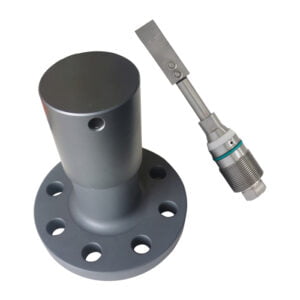
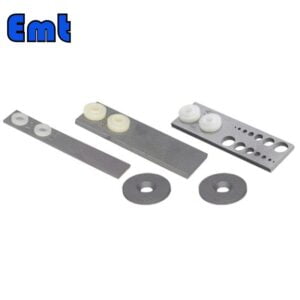
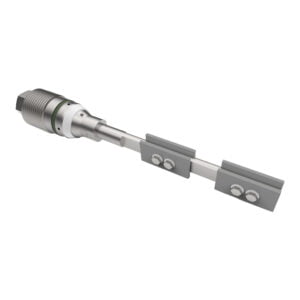
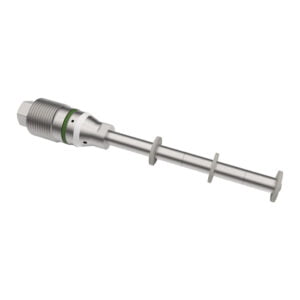
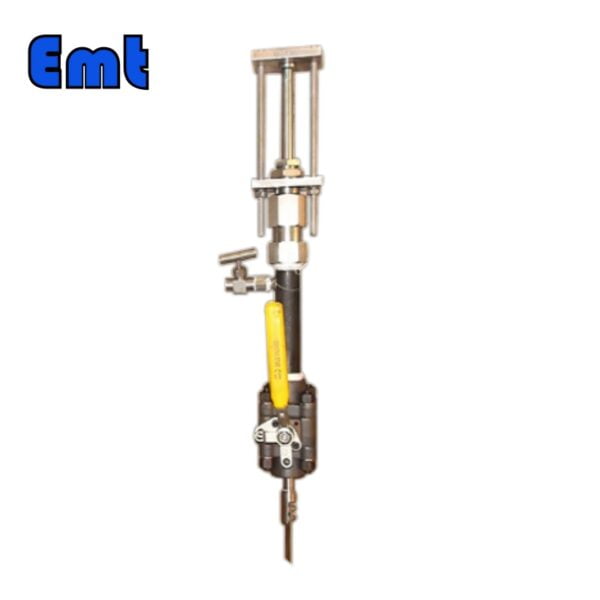
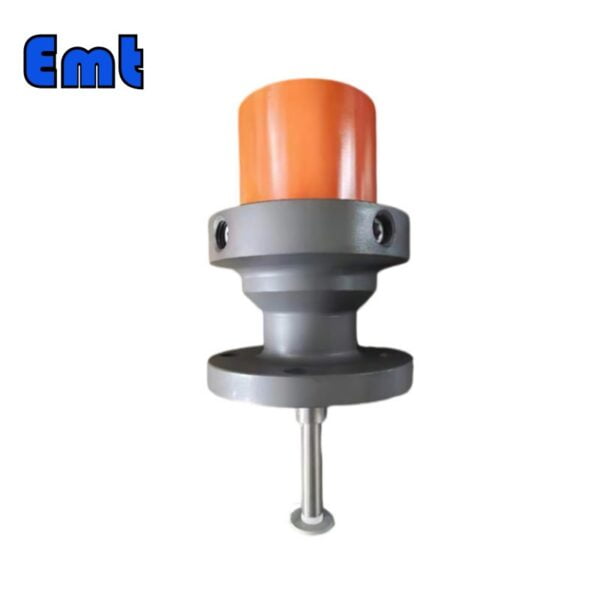
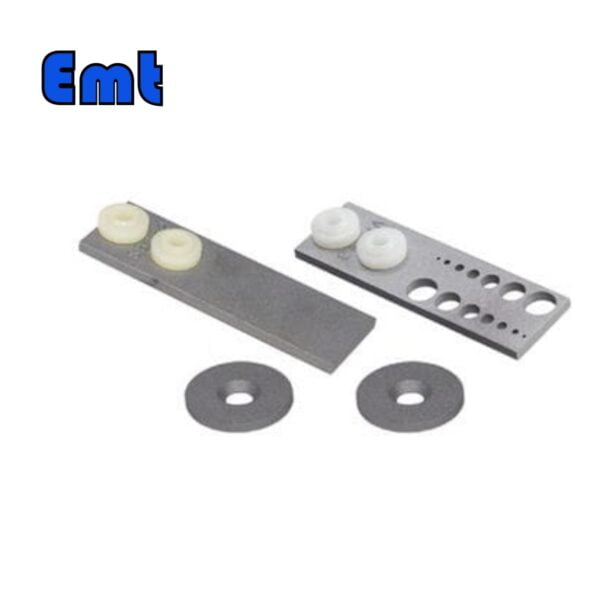
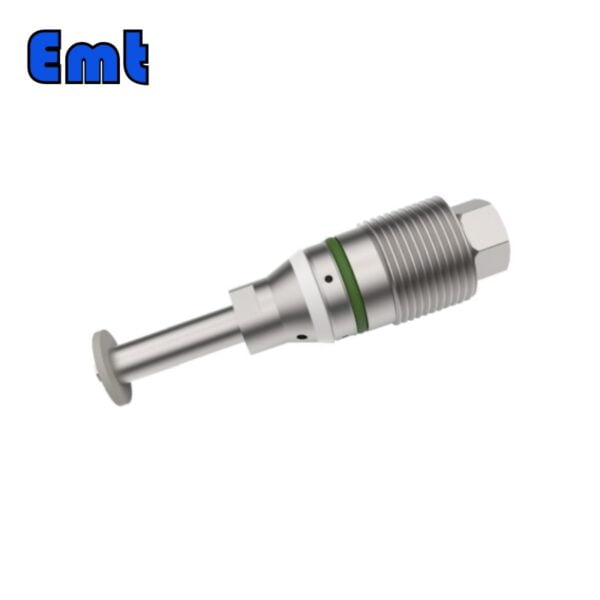
Reviews
There are no reviews yet.